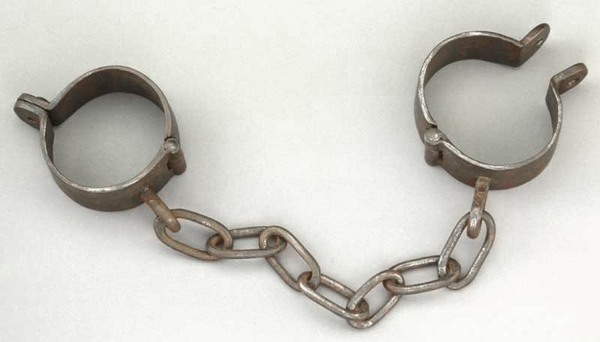The views expressed herein are those of the writer and do not represent the opinions or editorial position of I-Witness News. Opinion pieces can be submitted to [email protected].
One of the reasons why it is being claimed that there was a holocaust during slavery is the number of slaves sent to the British Caribbean compared to the number of slaves who were alive in 1834. The “small” fraction of remaining slaves has been cited as a good case for these holocaust claims. However, a good look at the numbers will reveal that there was indeed no holocaust.
Jamaica’s case can be used as the standard for most of the British Caribbean. It is claimed that the 300,000 slaves that remained out of the over one million that were imported proves that a holocaust occurred. However, any statistician who values his credibility will tell you that population growth is not so straight-forward.
Looking at the figures, we can see what the true population would have been without slavery. The 1.2 million slaves that were imported were shipped to Jamaica between 1650 and 1810. As such, the average yearly importation would be 7,500 slaves. Two-thirds of the imports were male — a very important population growth consideration.
It must be noted that while the average life expectancy of a slave in the 1600’s was under 30 years, that for the rest of the world wasn’t much better — just under 40, at best. Excluding slavery, and considering that Africans were imported during the prime of their lives, we can expect that the average person would live for another 20 years once here.
As such, after 20 years, Jamaica’s slave population would have been 150,000 (the 7,500 yearly importation times the 20 years). However, the following year that number would drop by a third — on account of the fact that two-thirds of the slave importation was male. Therefore, after the death of half of the males, on account of an inability to reproduce, the population would be 100,000 in around 1670.
After 1670, the population replacement mechanism (PRM) would chip in, as the new slave imports would just be replacing those who would have been here 20 years before — and who would have died. As such, the true population base end year that should be used to determine the population of Jamaica without slavery in 1830 was 100,000 and 1670 respectively. Now, what was the non-slavery growth rate like?
Up to the first few decades of the 1800s, the global population was growing slowly. Rapid growth actually started in the mid-1800s. Between the years 1600 and 1800, the world’s population grew from 500 million to 900 million or 80 per cent. In the absence of any credible birth, death or infant mortality rates for Jamaica at that time, the global growth rate must be applied. That would move Jamaica’s African population, without slavery, in 1830, to 180,000.
Now some will argue that conditions in a Jamaican society without slavery would still have been much better than in Africa. As such, I will be very generous and increase that number by a further 80 per cent, to over 320,000. This is very consistent with the 300,000 slaves in Jamaica at that time.
Even if we should inflate the variables some more, there is no way that Jamaica’s African population in 1830 would be anywhere near one million, as some would want us to believe. The same is also true of the other British islands. As such, it is very clear: As far as the African population in the British Caribbean is concerned, there was no slavery holocaust.
Michael A. Dingwall
The opinions presented in this content belong to the author and may not necessarily reflect the perspectives or editorial stance of iWitness News. Opinion pieces can be submitted to [email protected].







The Author of this article , bases his analysis on Jamaica , but cannot state actual numbers he
is only guessing the numbers . I find it interesting that no mention was made of those who were placed on Boats , and never reached the Region , those were human beings . I wish he had also factored this into his article .
It wuld have been nice , if Mr. Michael A. Dingwall , informed us what are his credentials , I am not stating this in a condescending manner , I am simply trying to fathom ; how he arrived at
his opinion .
The Slave trade to the New World was a roaring business , in its heydays , and many people
made a lot of money indulging not only in bringing Slaves to the New World , but taking back
Sugar to Europe .
It is my understanding that the largest number of African people outside of Africa, are in Brazil .
But I have digressed ; I would suggest that whether it was or was not a Holocaust , cannot refute or deny the fact that Slavery was an evil thing . So also was the action of the British who shipped many of the Inhabitants of St. Vincent & the Grenadines in Warships to Rouatan .
to quell , the rebellious natives who fought valiantly to maintain possession of their Country .
I would like to know the motive or purpose of the Author , for writing this article , in essence what precisely is he trying to prove or disprove . So that we can have some clarity .
VERIDICAL